Drone photography opens up a world of stunning aerial views and creative possibilities. Whether you’re a beginner or looking to elevate your skills, mastering a few essential tips can transform your shots. Here we will discuss some useful drone photography tips that will take your photography to the next level.
Quick Drone Photography Tips for Enhancing Your
1. Check the UAV Forecast
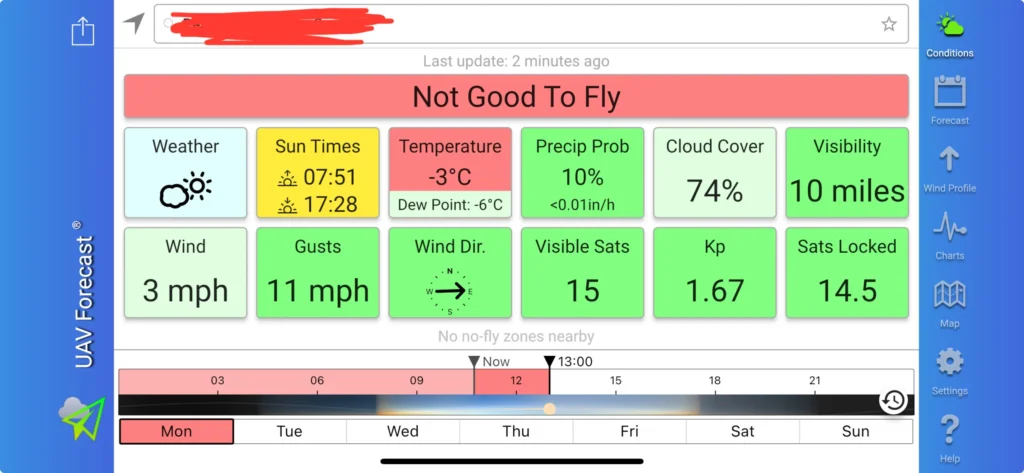
Before you even take off, checking the UAV forecast is crucial. This helps you understand the weather conditions, wind speed, and potential hazards. Using apps or websites dedicated to UAV forecasts ensures that you fly safely and capture the best possible shots. This step can prevent accidents and ensure a smooth flying experience.
More of your interest: Drone LiDAR: Applications Across Various Industries
2. Capture More Details by Shooting in RAW Format
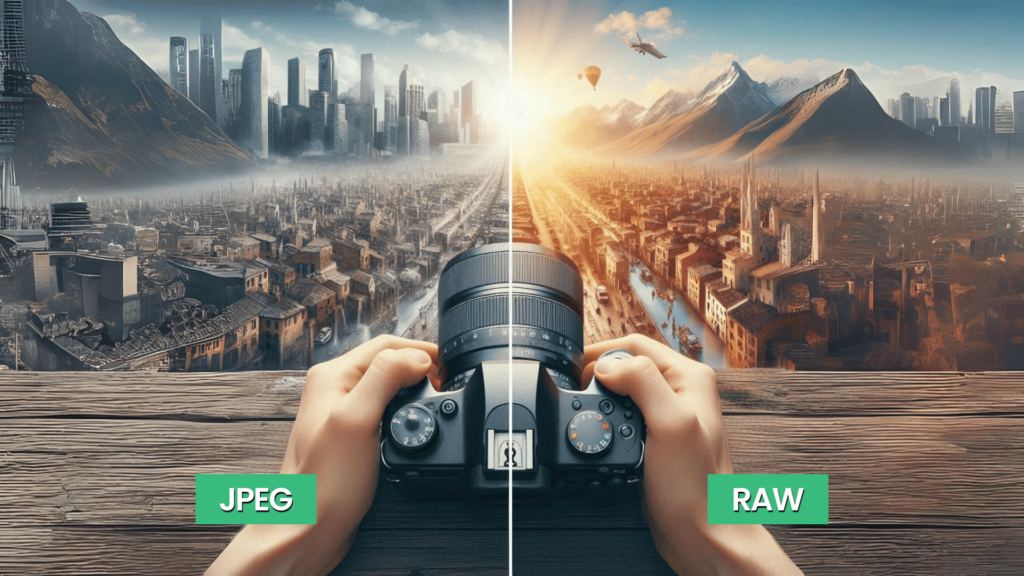
Shooting in RAW format can transform your drone photography. Unlike JPEG, RAW files store more details and offer greater flexibility in post-processing. This means you can adjust exposure, color balance, and other settings without losing image quality. By shooting in RAW, you ensure that your photos have the highest possible quality, ready for any necessary edits.
3. Improve Composition with the Rule of Thirds Grid Overlay
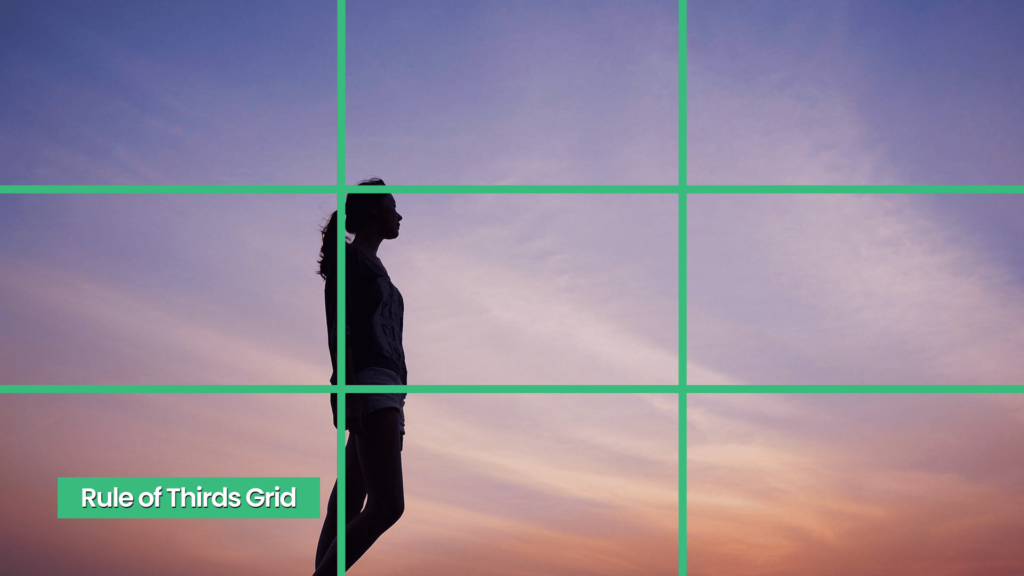
Composition is key in photography, and the rule of thirds is a fundamental principle. By enabling the grid overlay on your drone’s camera, you can align your subjects along the lines and intersections. This creates a more balanced and visually appealing shot. Using the grid helps guide the viewer’s eye and adds a professional touch to your photos.
4. Maintain Image Quality with Lower ISO Settings
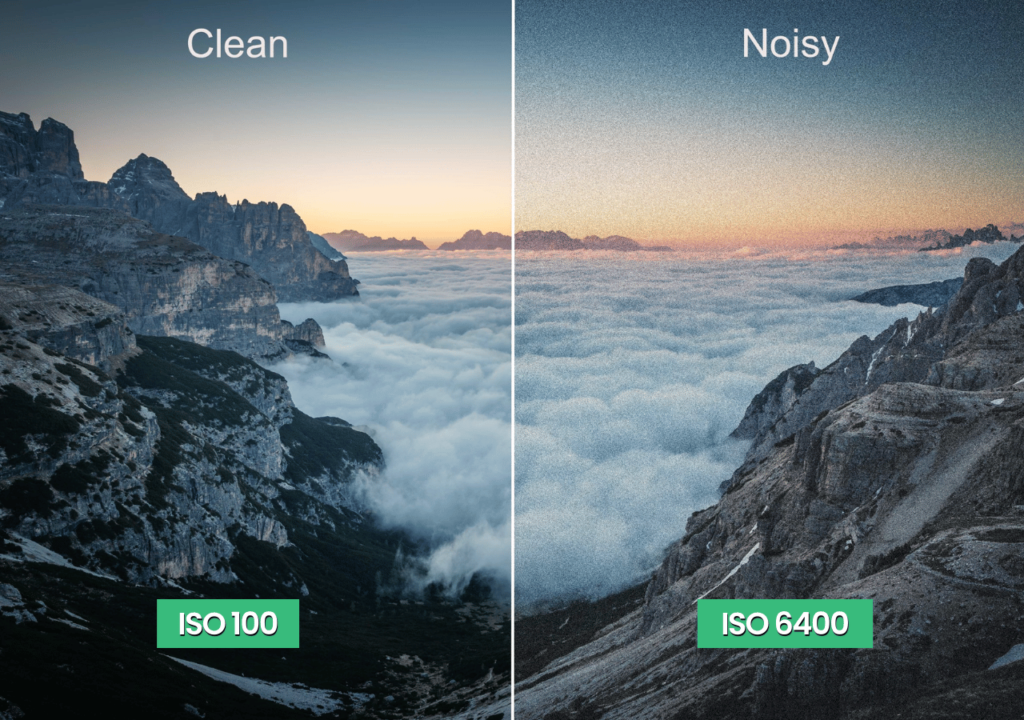
ISO settings play a significant role in image quality. Lower ISO settings reduce noise and produce cleaner images. In bright conditions, keeping your ISO low ensures that your photos are sharp and detailed. It’s a simple adjustment that can make a big difference in the clarity and quality of your drone shots.
Read also: How to Become a Drone Photographer
5. Enhance Dynamic Range with Auto Exposure Bracketing
Auto Exposure Bracketing (AEB) is a useful feature for enhancing dynamic range. It takes multiple shots at different exposures, which you can later combine in post-processing. This technique is particularly useful in challenging lighting conditions. AEB helps you capture more detail in both the shadows and highlights, creating a balanced and dynamic image.
6. Stay Flexible and Ready to Improve
Flexibility is essential in drone photography. Conditions can change quickly, and being ready to improvise can lead to unique and creative shots. Whether it’s an unexpected change in light or a sudden opportunity, staying adaptable allows you to capture the best moments. Embrace the spontaneity and let your creativity flow.
7. Capture Stunning Landscapes with Panoramic Shots
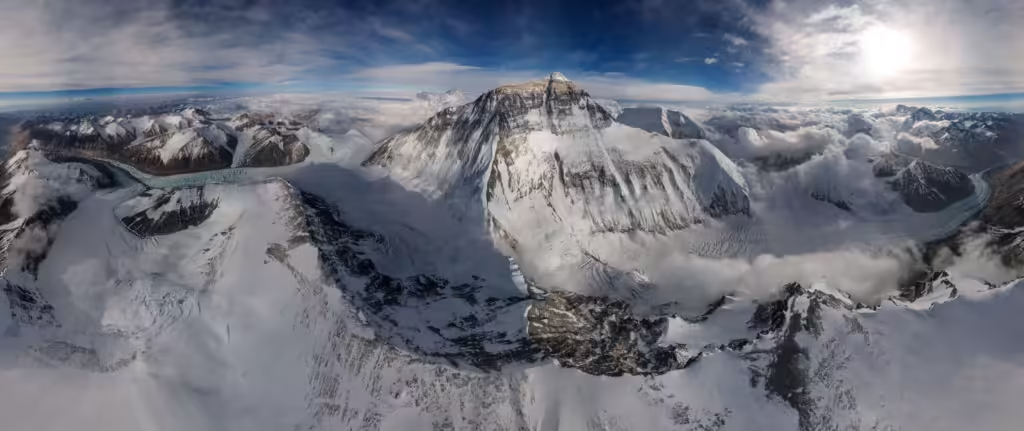
Panoramic shots can provide stunning, wide-angle views that a single photo might miss. Most drones have a panoramic mode that stitches multiple images together. This technique creates high-resolution, expansive landscapes. By using panoramic shots, you can capture the full beauty of a scene, offering viewers a more immersive experience.
8. Try Different Aspect Ratios for Creative Effects
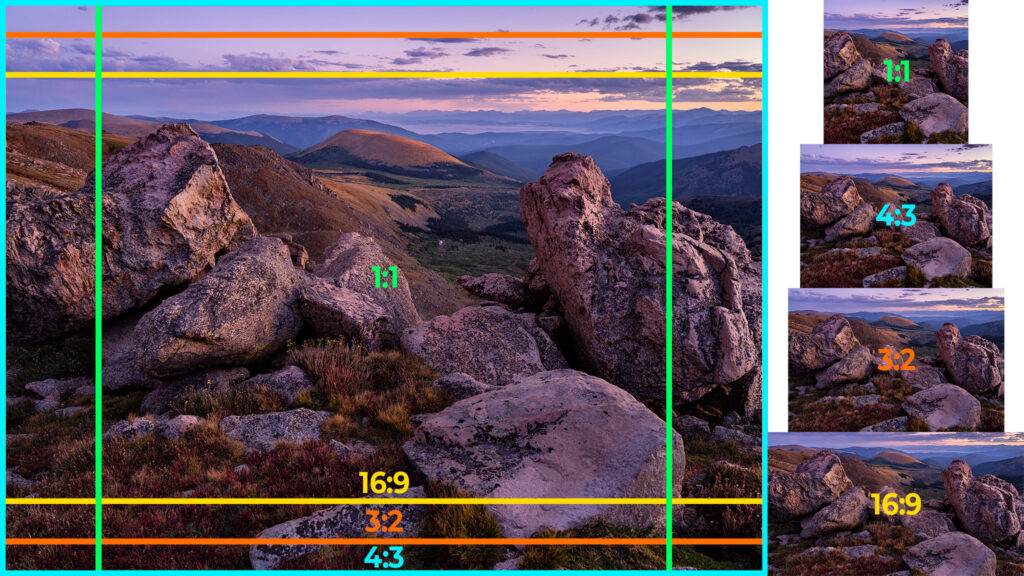
Experimenting with aspect ratios can add a creative twist to your photos. The 16:9 ratio is great for widescreen views, while 4:3 offers a more traditional look. Switching between these ratios can help you find the best framing for your shots. It’s a simple change that can dramatically alter the feel of your images.
9. Enhance Your Images with Camera Lens Filters
Using camera lens filters, such as Neutral Density (ND) or Polarizing filters, can significantly enhance your images. ND filters help control exposure in bright conditions, while polarizers reduce glare and enhance colors. These filters are easy to use and can make a big difference in the quality of your drone photos.
10. Look for Symmetry, Patterns, and Leading Lines
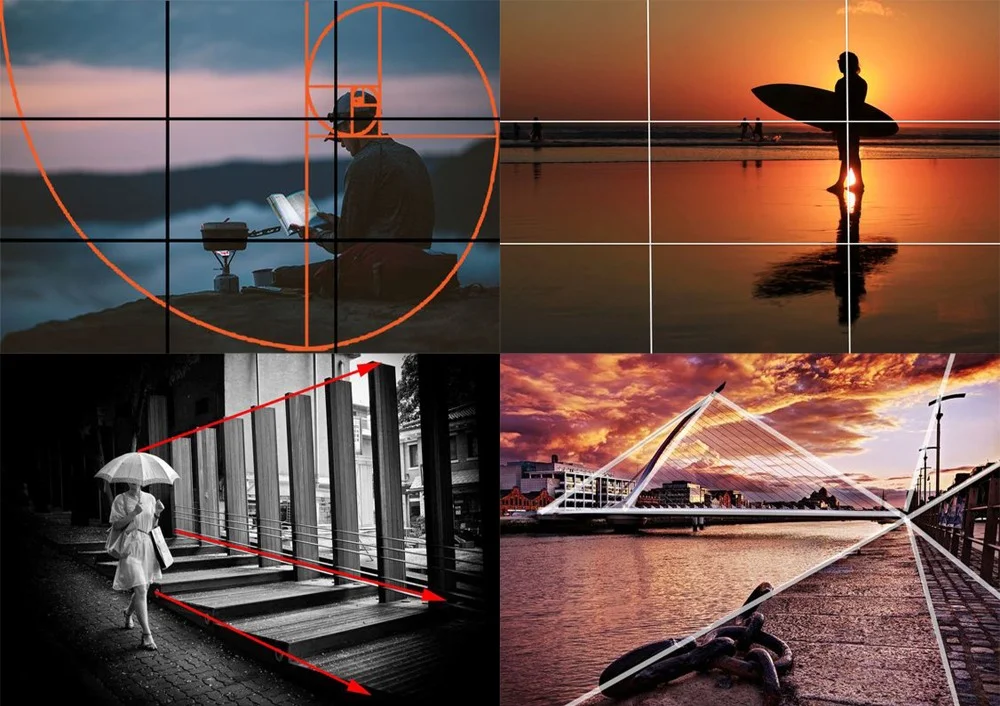
Symmetry, patterns, and leading lines are powerful compositional elements. They draw the viewer’s eye and create visually interesting images. Seek out these elements in your environment and incorporate them into your shots. This approach can transform ordinary scenes into captivating photographs, making your work stand out.
11. Experiment with Light and Shadow Play
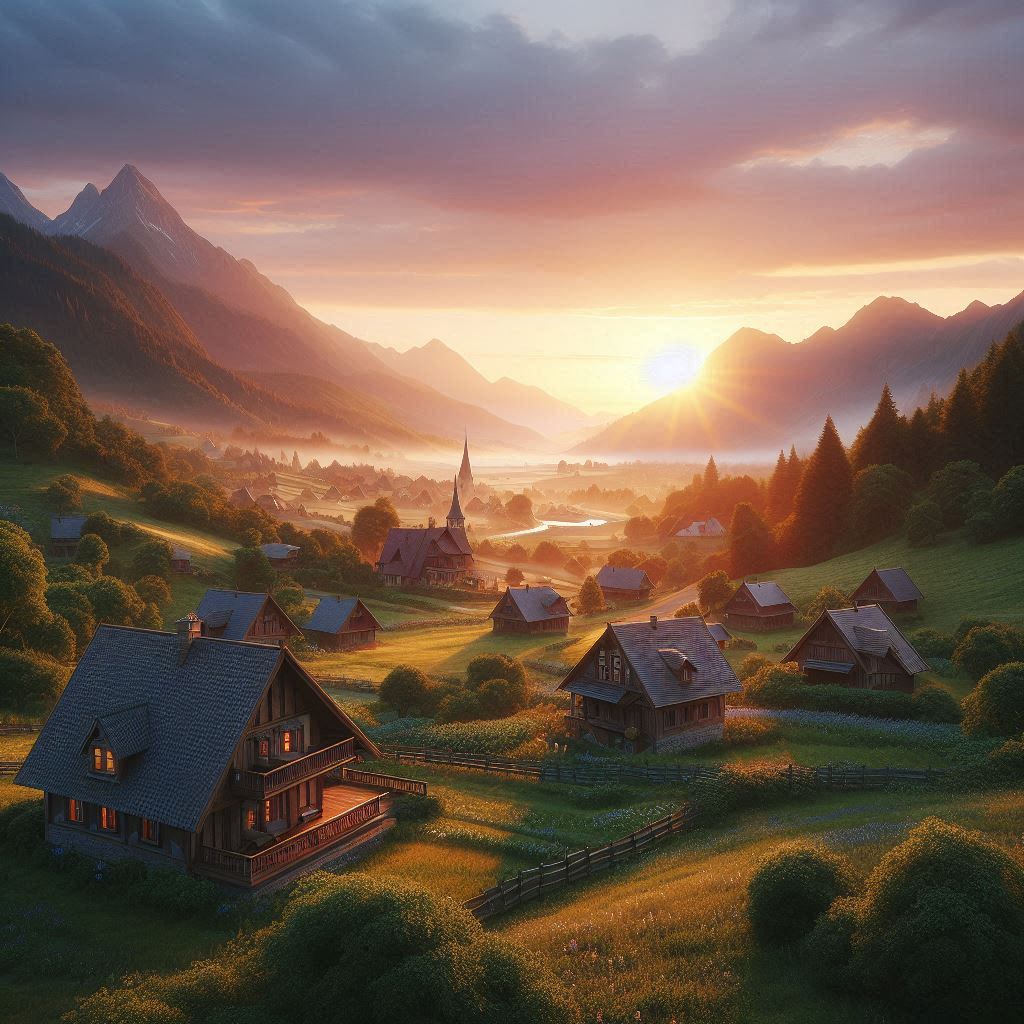
Light and shadow play can add depth and drama to your photos. Experiment with different lighting conditions and use shadows creatively. The contrast between light and dark can highlight details and create a more dynamic image. Understanding how to manipulate light and shadows is a key skill in drone photography.
12. Capture Unique Angles with a Drone Selfie
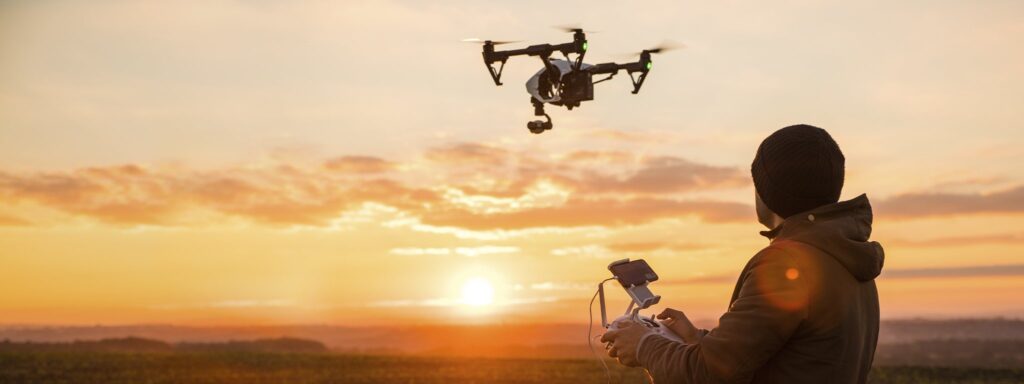
Drone selfies offer a fun and unique perspective. Position the drone at a distance and use the timer or remote control to capture yourself in the environment. This technique can add a personal touch to your shots and showcase your adventures from a different angle. It’s a playful way to add variety to your portfolio.
13. Optimize Image Clarity by Monitoring Shutter Speed
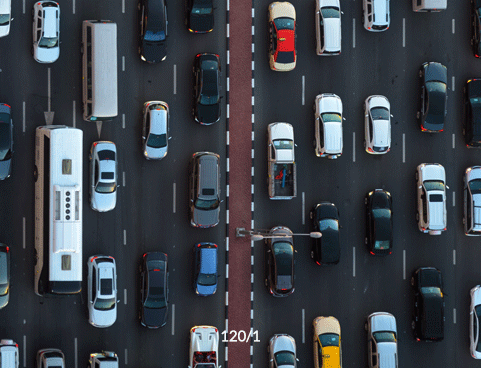
Shutter speed is crucial for capturing sharp images. Faster speeds are ideal for freezing action, while slower speeds can create artistic motion blur. Adjusting the shutter speed to match the lighting conditions and subject movement ensures clarity. By paying attention to this setting, you can achieve the desired effect in your photos.
14. Create Artistic Effects with Long-Exposure Shots
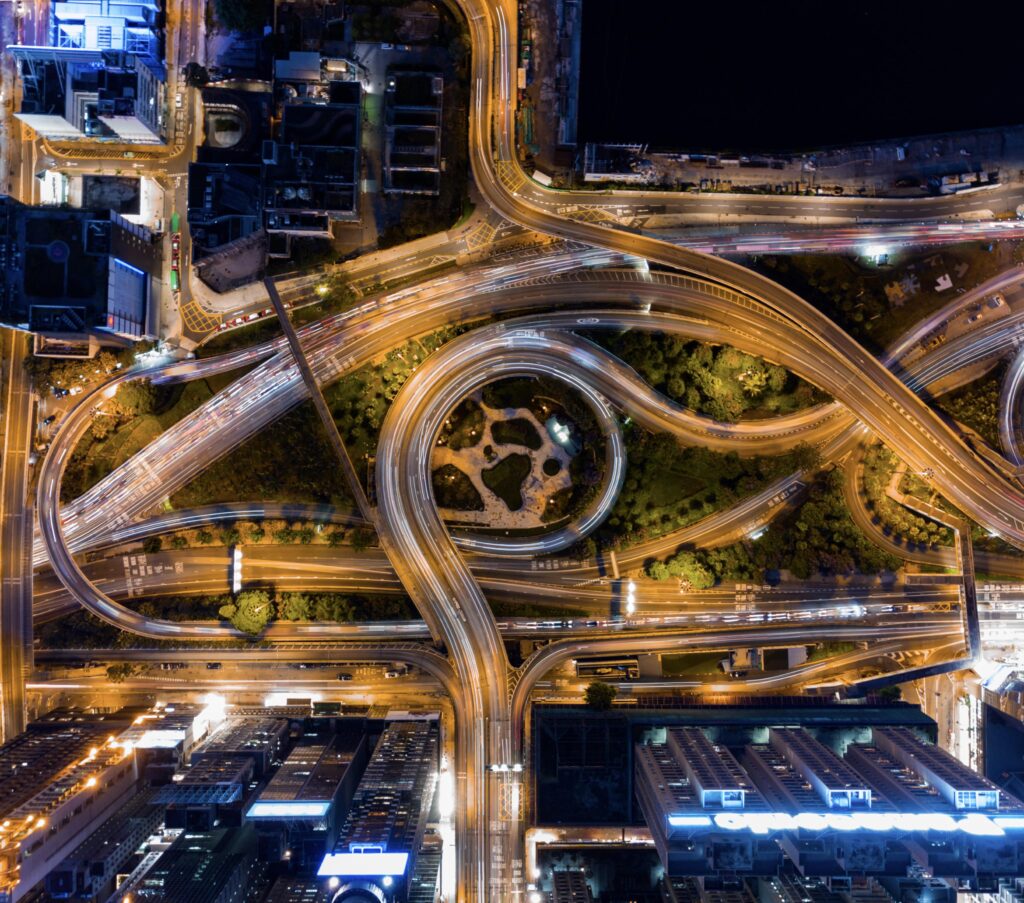
Long-exposure shots can produce stunning artistic effects. Use this technique to capture light trails, smooth water, or other dynamic elements. Ensure the drone is stable to avoid motion blur. Long exposures require patience and practice, but the results can be breathtaking, adding a unique touch to your photography.
15. Ensure Strong Connections for Safe Flying
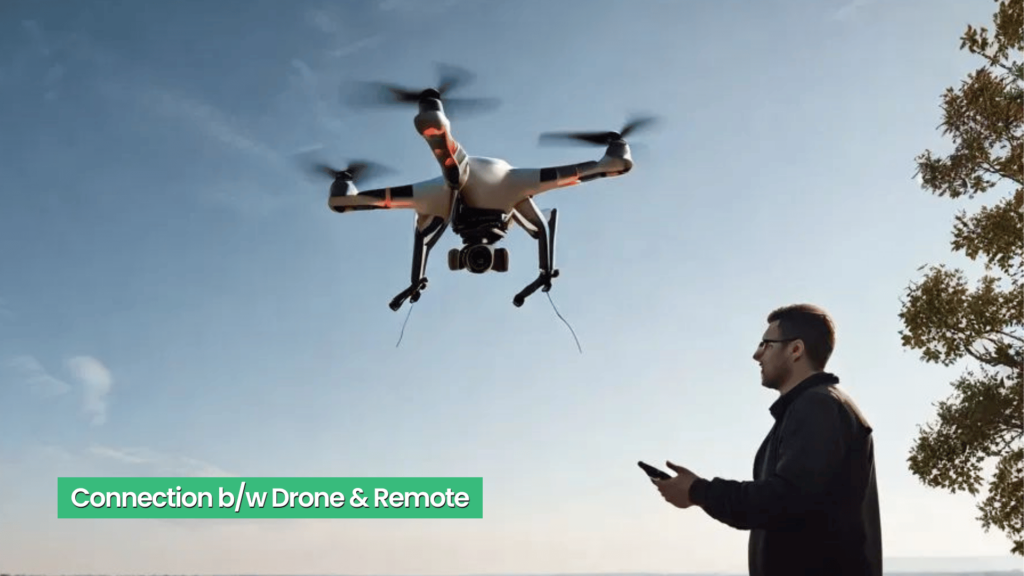
A strong connection between your drone and remote is essential for safe flying. Ensure that there are no obstructions like buildings or trees that could interfere with the signal. Taking precautions to maintain a strong connection can prevent accidents and ensure that you have full control over your drone at all times.
16. Research and Plan the Location
Researching and planning your shooting location is a crucial step. Look for interesting spots, consider safety and permissions, and plan your shots. Knowing the area can help you find the best angles and compositions. A little planning goes a long way in ensuring a successful shoot.
17. Choose the Best Time of Day for Lighting
Lighting can make or break a photo. The golden hours, shortly after sunrise and before sunset, provide soft, warm light that’s perfect for photography. Avoid harsh midday light, which can create unflattering shadows. Choosing the right time of day ensures that your photos have beautiful, natural lighting.
18. Stack Images for Noise Reduction
Stacking images is a technique used to reduce noise, especially in low-light conditions. By taking multiple shots of the same scene and combining them in post-processing, you can create a cleaner image. This method enhances the overall quality and detail, making your photos look more professional.
Taking Your Photography to the Next Level
Invest in High-Quality Post-Processing Software
High-quality post-processing software like Adobe Lightroom and Photoshop can elevate your photos. These tools offer advanced editing options, including color correction, sharpening, and noise reduction. Investing in good software allows you to enhance your images and bring your creative vision to life.
Study and Follow Other Drone Photographers
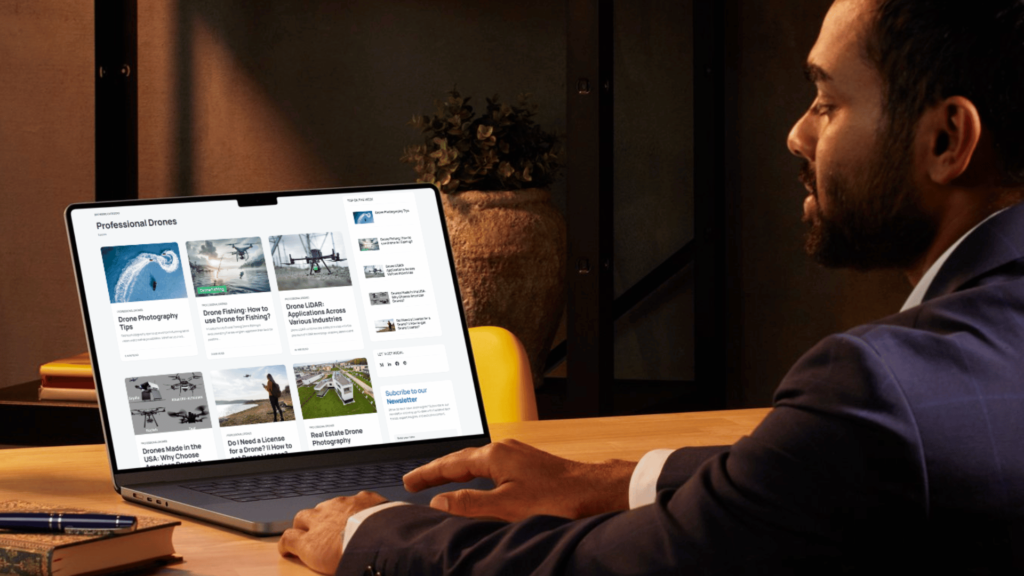
Learning from experienced drone photographers can inspire and improve your skills. Follow them on social media, study their work, and analyze their techniques. Incorporating similar styles and methods into your photography can help you grow and refine your craft.
Participate in Photography Competitions and Communities
Engaging with photography communities and participating in competitions can provide valuable feedback and inspiration. Join online forums, and social media groups, and enter contests. This involvement helps you connect with others, learn from their experiences, and continuously improve your skills.
Create a Portfolio
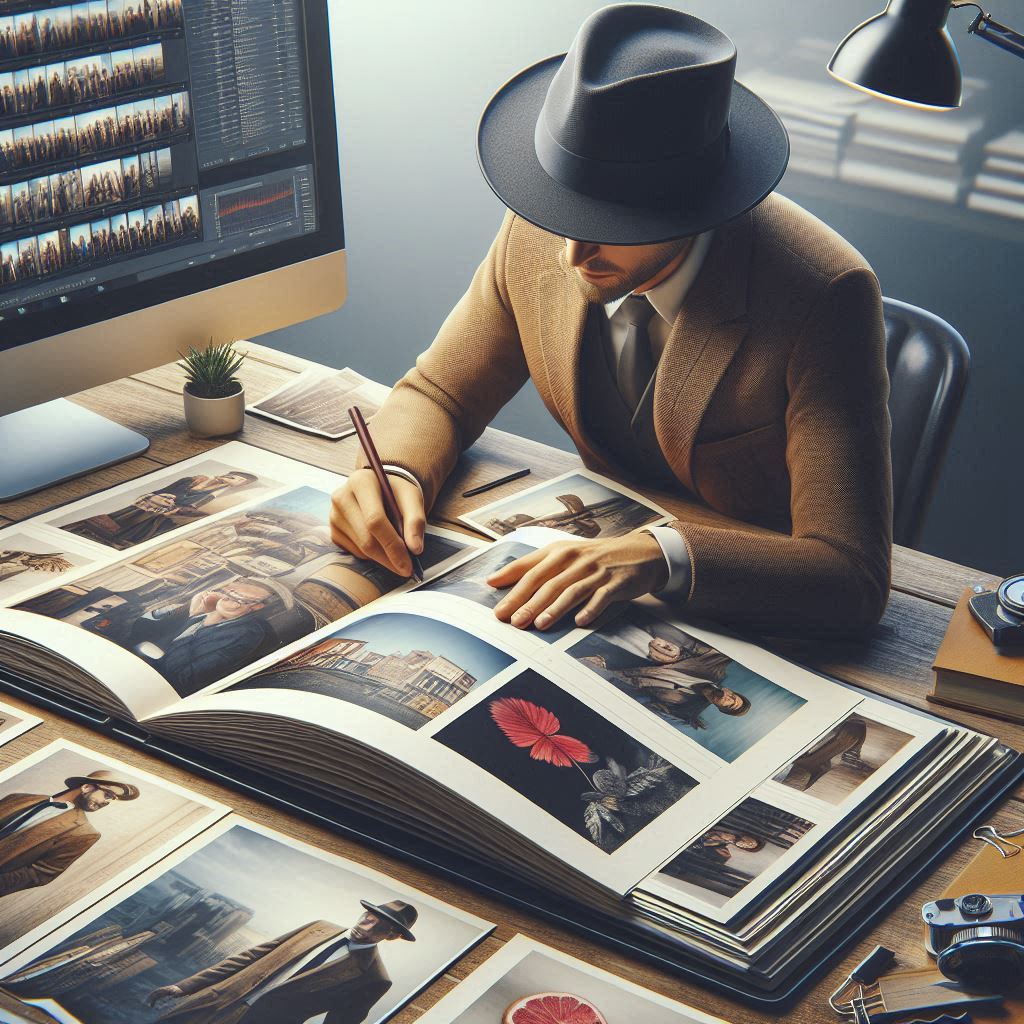
A professional portfolio showcases your best work and is essential for attracting clients and opportunities. Organize your photos, highlight your unique style, and cohesively present your work. A well-curated portfolio can open doors and help you stand out in the competitive field of drone photography.
Stay Updated with Technology
The world of drone technology is constantly evolving. Keep up with the latest models, features, and photography gear. Upgrading your equipment when necessary can significantly enhance the quality of your shots and keep you ahead in the ever-changing landscape of drone photography.
By applying these quick drone photography tips and continually striving to improve, you can take your drone photography to new heights and capture stunning, professional-quality images.

